How to Set a Dining Table
Whether you’re hosting a formal holiday dinner or simply sharing a casual meal with loved ones, knowing how to set a dining table properly enhances both the visual appeal and functionality of your dining space. A well-set table adds charm, creates a welcoming atmosphere, and shows your guests that you’ve thoughtfully prepared for their presence. From basic everyday settings to more elaborate arrangements, setting a dining table is a timeless art rooted in hospitality.
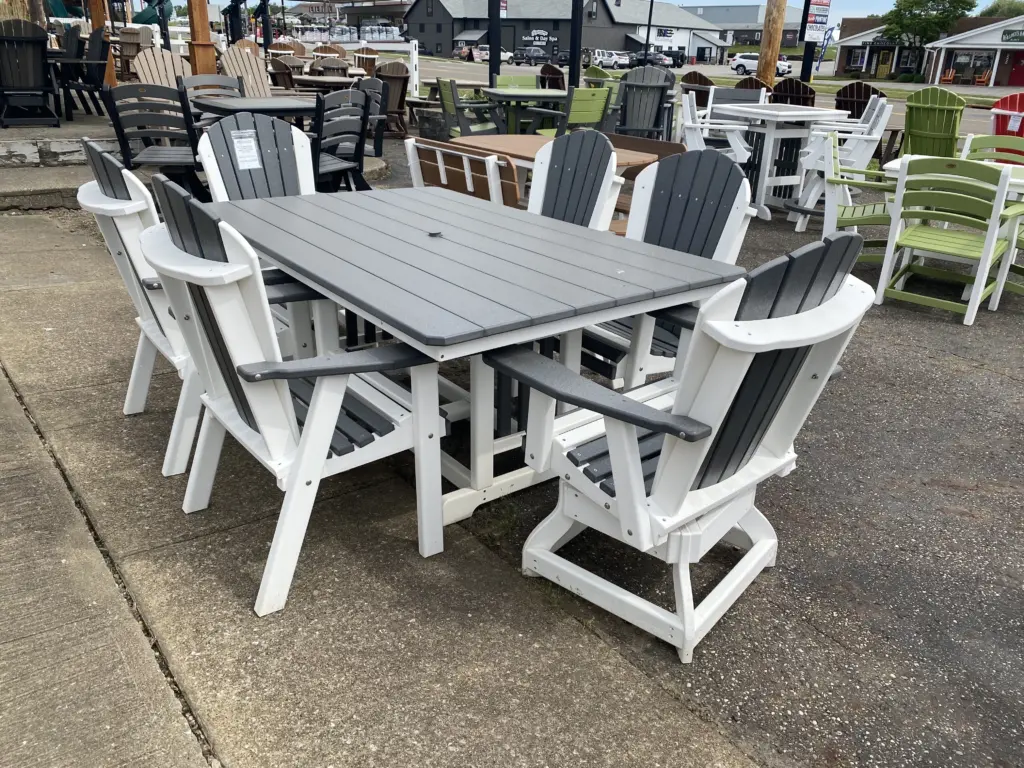
Understand the Occasion and Setting Type
Start by identifying the type of occasion. Is it a casual weekday dinner, a semi-formal weekend brunch, or an elegant dinner party? The level of formality dictates the place setting. For instance, a casual dinner may only require a dinner plate, fork, knife, and a glass, while a formal event would include multiple utensils, plates, glasses, and possibly a charger.
Your choice of placemats or tablecloths also plays a role in setting the tone. Neutral linens create a classic look, while bold patterns add personality. For outdoor settings, consider weather-resistant table coverings that are easy to clean and secure in breezy conditions.
Begin with the Foundation: Table Linens
Once the type of occasion is determined, lay down a clean, ironed tablecloth or a set of placemats. A table runner can also serve as an elegant focal point, especially for longer tables. Use colors and textures that complement your dishware and overall decor.
For outdoor dining, especially on a DIY table like those crafted following the Hartville Outdoor Products style guides, opt for durable, fade-resistant fabrics that can stand up to the elements. Heavier tablecloth weights or clips help prevent shifting in outdoor environments.
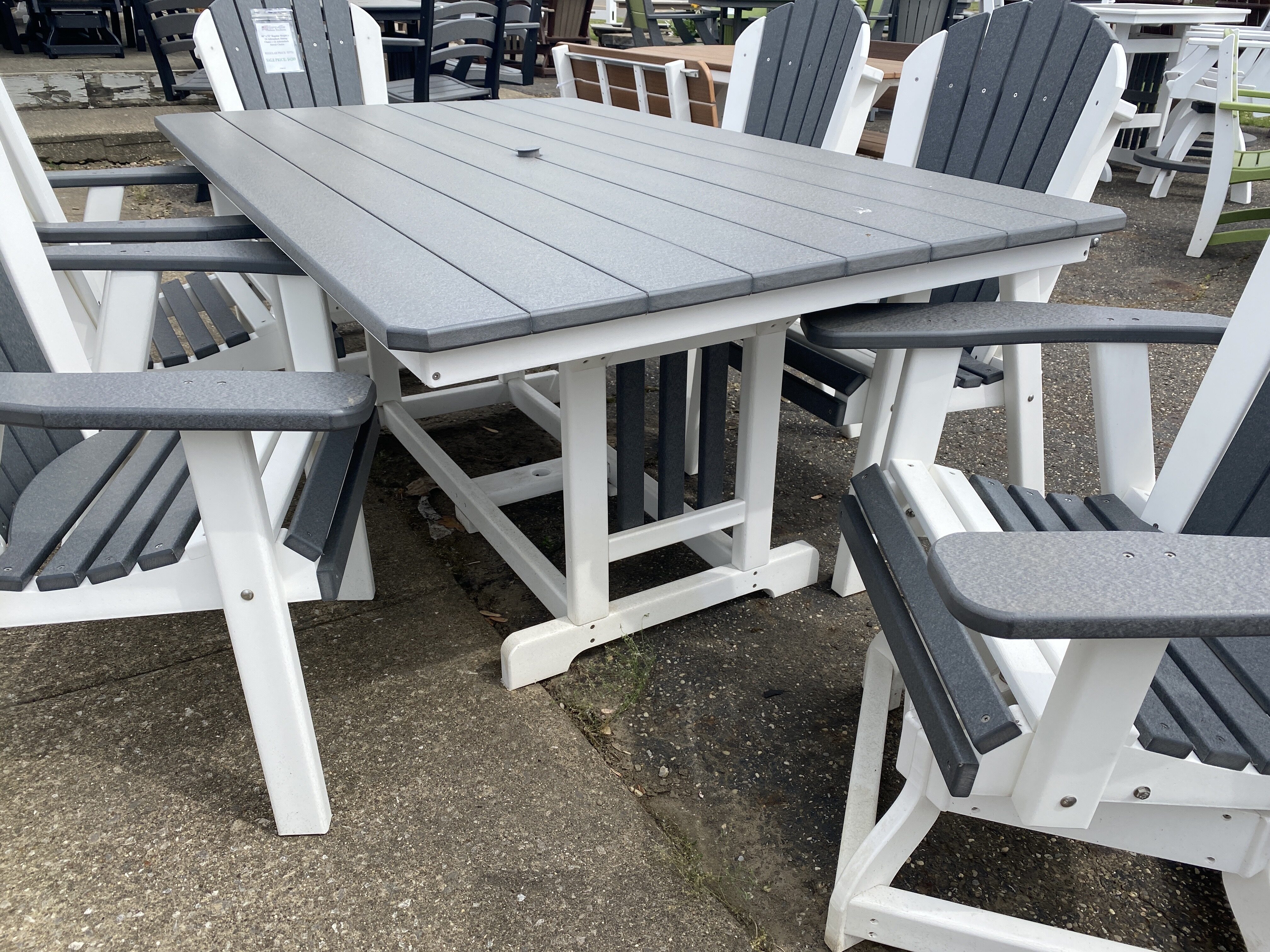
Place the Dinnerware Thoughtfully
Set the dinner plate in the center of each setting. If you’re using a charger, place it underneath the dinner plate for formal meals. When serving multiple courses, layer the salad plate or soup bowl on top of the dinner plate. Bread plates are typically placed above the forks to the upper left of the dinner plate.
Use consistent dishware throughout the table. The goal is to maintain a unified aesthetic that feels deliberate and well thought out. Opt for ceramics, porcelain, or stoneware depending on your style preference. If young children will be joining the meal, consider including melamine or plastic plates at their seats to avoid accidents.
Arrange Flatware with Etiquette in Mind
Flatware placement follows a simple rule: use from the outside in, based on the order of the meal. Forks go to the left of the plate, knives and spoons to the right. The knife blade should face inward toward the plate. Dessert utensils can be placed horizontally above the dinner plate, or brought out with dessert.
If you’re including specialty utensils like seafood forks or soup spoons, place them appropriately and only if they’ll be used during the meal. Avoid over-cluttering the table. For further guidance, the Emily Post Institute offers timeless etiquette tips for proper flatware placement.
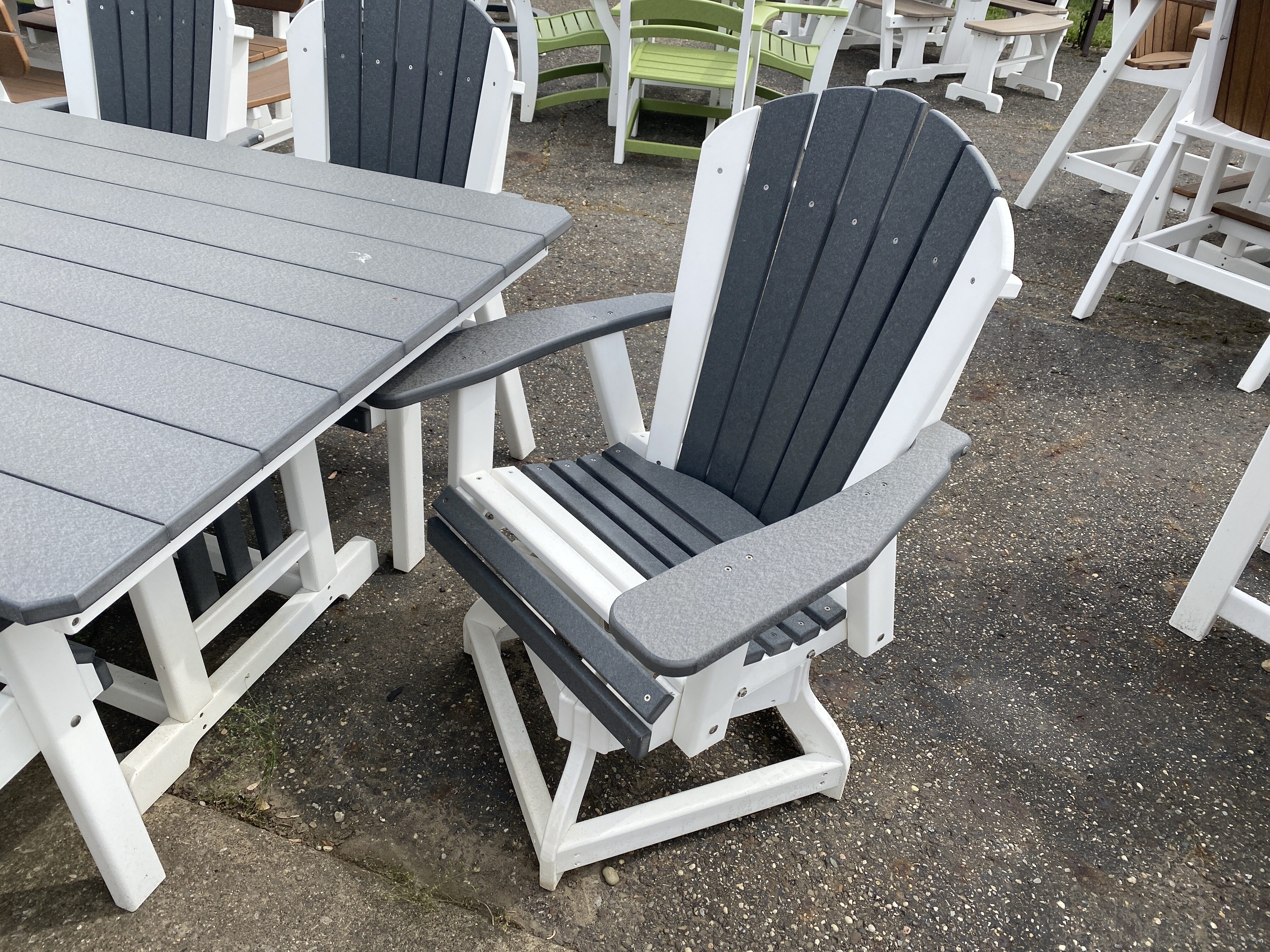
Add Glassware with Care and Clarity
Glass placement is just as essential. According to Martha Stewart’s guide on table etiquette, the water glass should be placed directly above the knife. If you’re serving wine, place the red wine glass to the right and slightly above the water glass, and the white wine glass just below that.
For brunches or celebratory events, you may also include champagne flutes or cocktail glasses. Be sure that glasses are polished and spot-free to maintain an elegant look. In family-friendly settings, durable tumblers for children can be added while maintaining visual harmony.
Get Creative with Napkin Placement
Napkins are an opportunity to express style. They can be folded neatly and placed on the plate, beside the flatware, or inside a glass for a decorative touch. Cloth napkins elevate the setting and are more sustainable, while paper napkins work well for casual gatherings.
Napkin rings, ties, or simple folds can add sophistication. Choose materials and colors that coordinate with your overall table theme. For outdoor use, consider using weighted napkin holders or clips to keep everything in place.
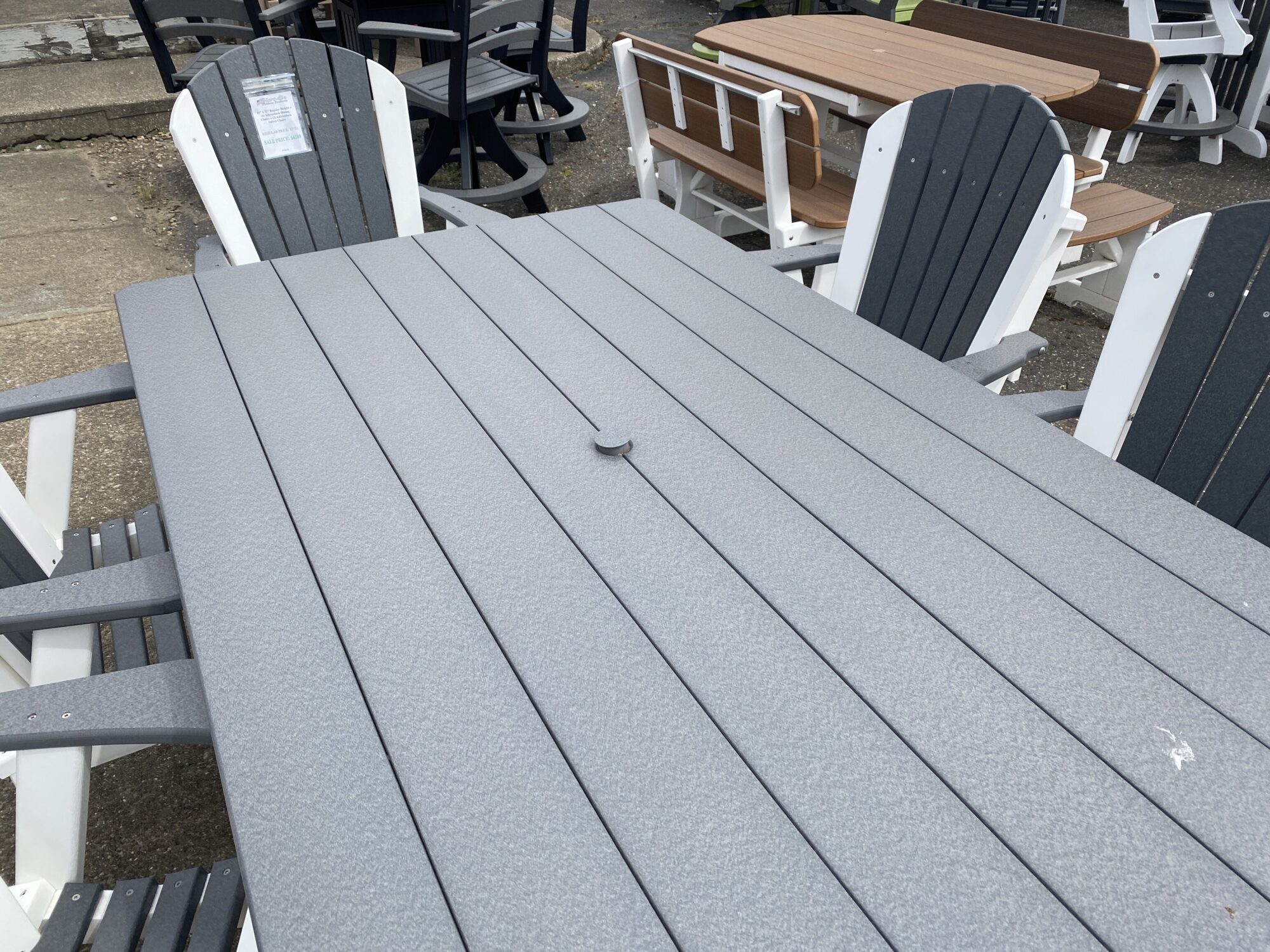
Design a Centerpiece that Doesn’t Distract
A centerpiece adds visual interest but should not obstruct conversation or line of sight. Seasonal flowers, candles, lanterns, or even small potted herbs work well. Keep the arrangement low and balanced across the table.
If you’re using your outdoor table from Hartville Outdoor Products, consider natural centerpieces like driftwood, pinecones, or succulents that complement the open-air environment. These organic touches offer both charm and cohesion.
Include a Functional Kid-Friendly Setup
If you’re hosting a family dinner that includes children, think about how to make the table both inviting and practical for younger diners. Use spill-proof cups and fun, colorful place settings while still maintaining the table’s overall aesthetic. Simple themed decorations, like a mini chalkboard place card, can engage kids without disrupting the flow.

Highlight International Table Setting Customs
Not all table settings are the same across cultures. In traditional European settings, for example, the fork is held in the left hand and the knife in the right. Japanese meals often include chopsticks on a rest and no knife at all. Including elements that honor your heritage or your guests’ backgrounds can enhance the experience and spark conversation. For more context, Wikipedia’s guide to table settings provides detailed insights into global etiquette.
Avoid Common Mistakes in Table Setting
Even well-intentioned hosts can make a few missteps. Overcrowding the table with unnecessary utensils, using mismatched dishware, or neglecting to clean glasses can distract from your beautiful setting. Another common error is not leaving enough room for shared dishes or décor. Always leave functional space for dining and easy movement.
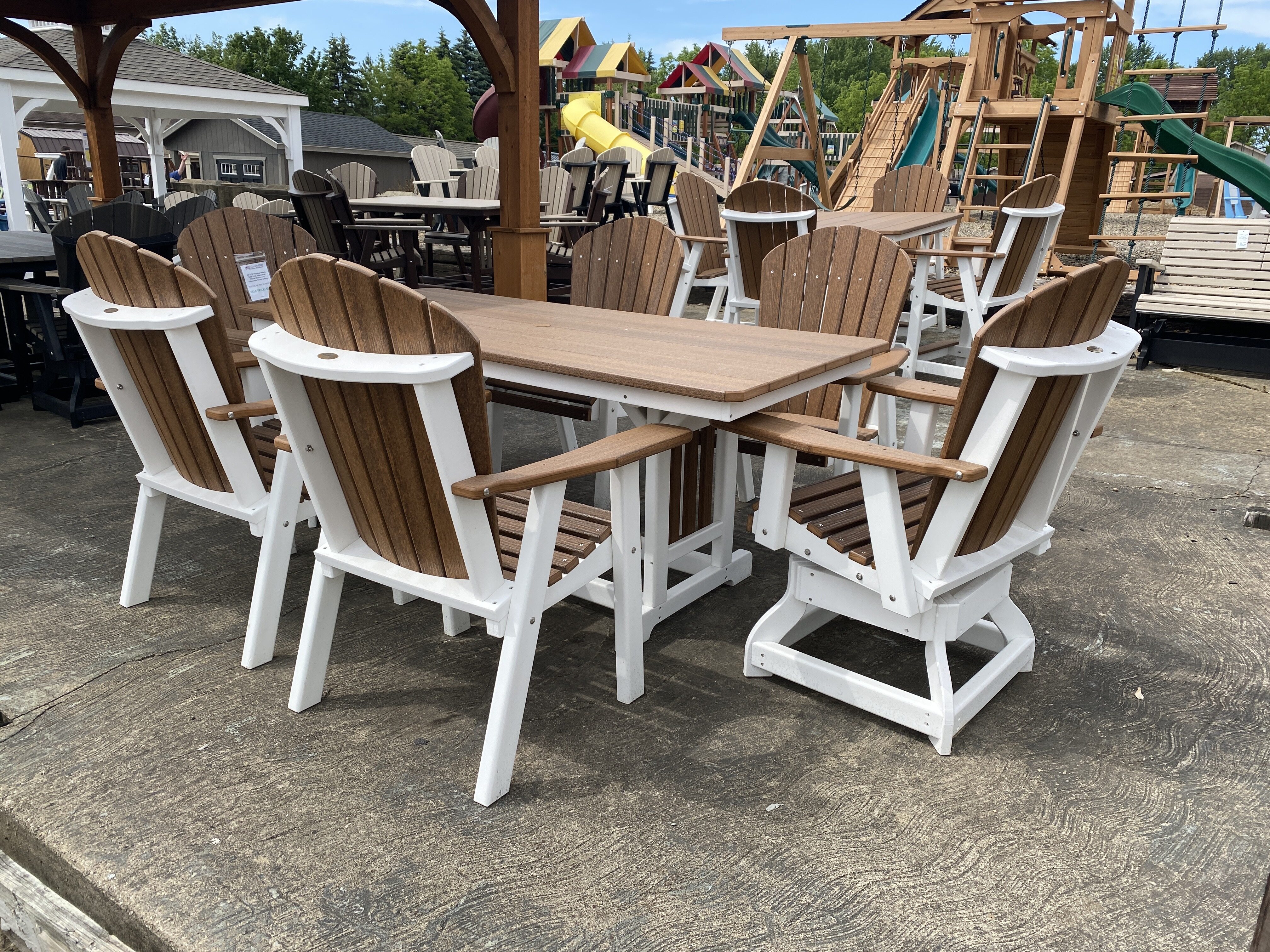
Store Smart with Outdoor Furniture Solutions
When setting your outdoor table, convenience is key. Consider adding storage solutions like patio cabinets or nearby sheds to house backup linens, dishware, or drinks. Hartville Outdoor Products offers stylish outdoor furniture and sheds that can keep your dining space uncluttered while improving hosting efficiency.
Final Touches for a Personal Experience
Add finishing details like place cards for assigned seating, or menu cards for formal events. These touches show extra care and thoughtfulness. If you’re hosting a themed dinner, tie in relevant elements such as festive ribbons, seasonal items, or cultural decorations.
Outdoor meals benefit from citronella candles or small fans to enhance comfort while maintaining ambiance. Lighting is also crucial for evening events. Use soft LED candles or string lights to create a cozy mood. Don’t forget background music to complete the atmosphere.
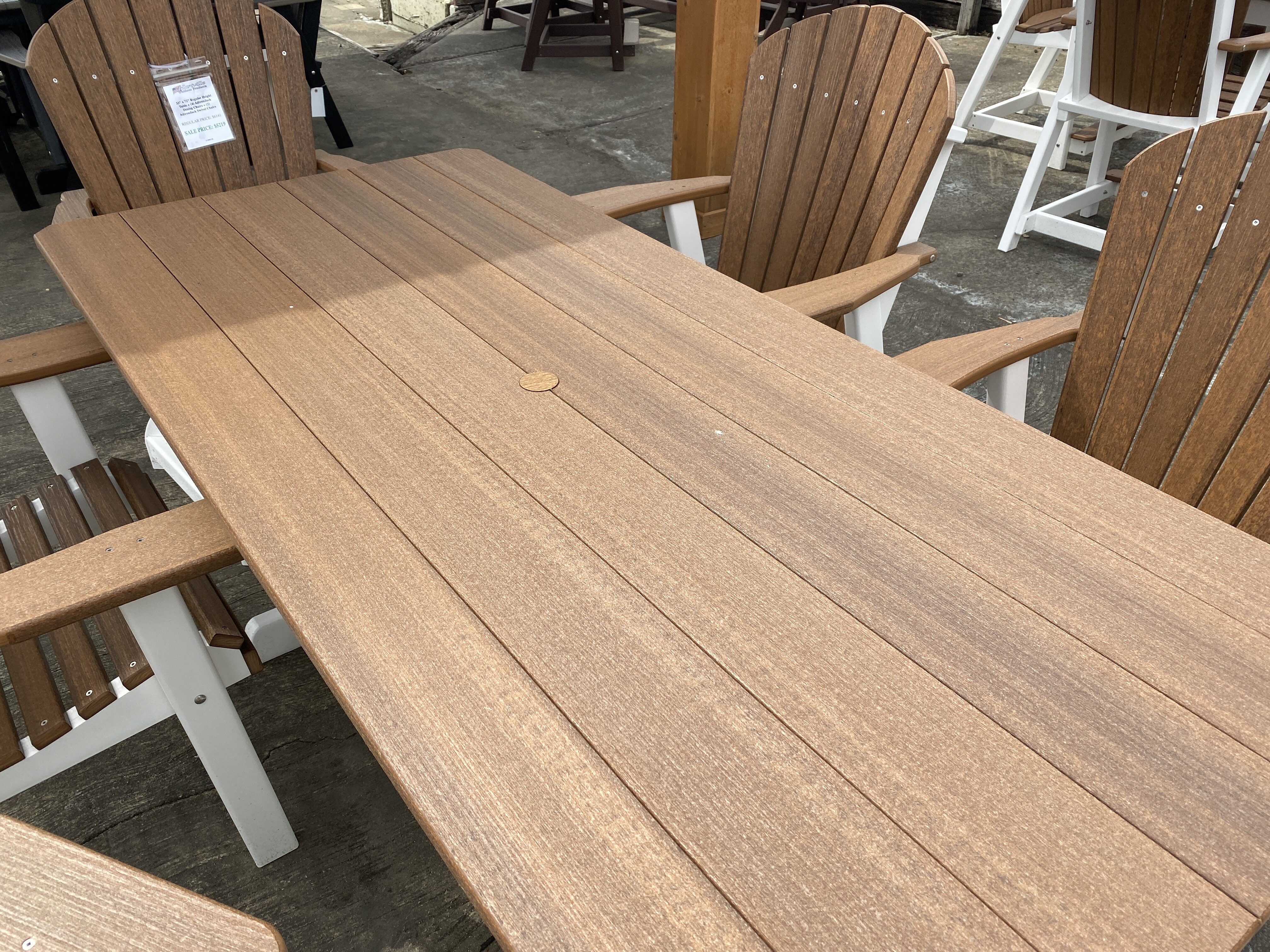
Conclusion
Learning how to set a dining table brings both beauty and structure to mealtime, whether indoors or out. It’s not just about aesthetics—it’s about creating a shared space that feels intentional, welcoming, and reflective of your hospitality. With thoughtful choices in layout, décor, and functionality, every meal becomes a more memorable experience.
Explore in-stock outdoor furniture and patio-ready table sets available from Hartville Outdoor Products to elevate your outdoor dining experience. With smart design and durable craftsmanship, these pieces blend practicality with style to complete your hosting setup.
